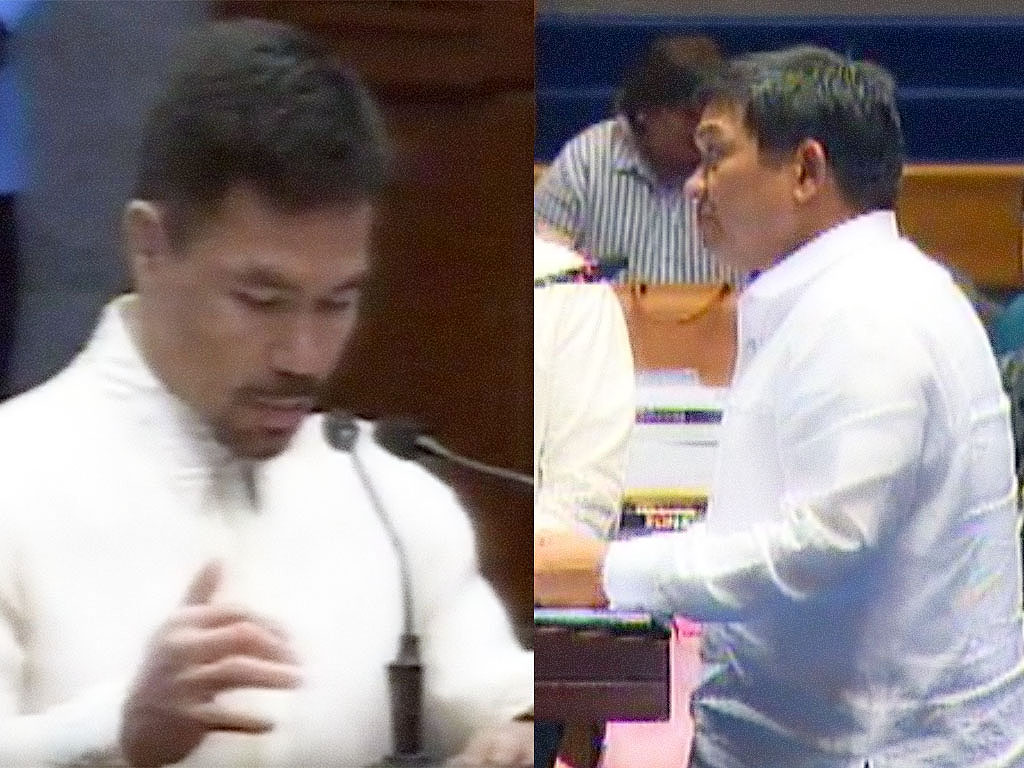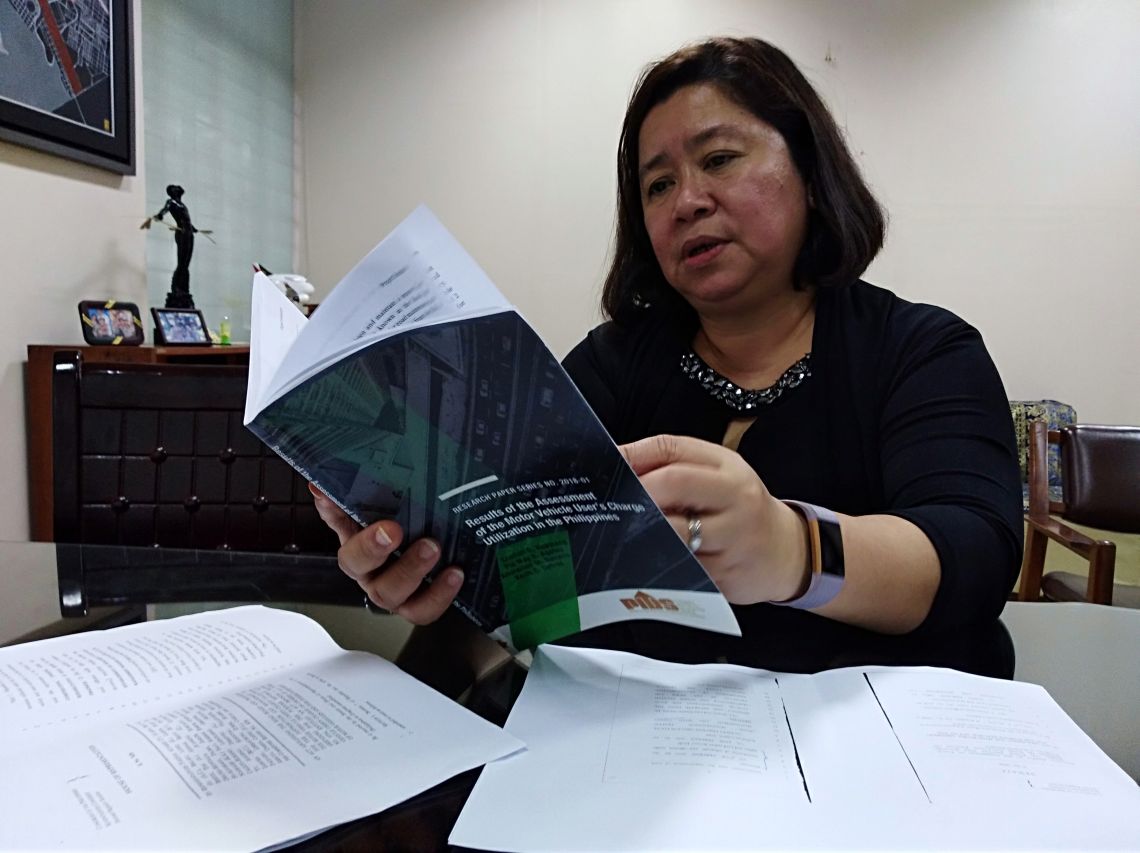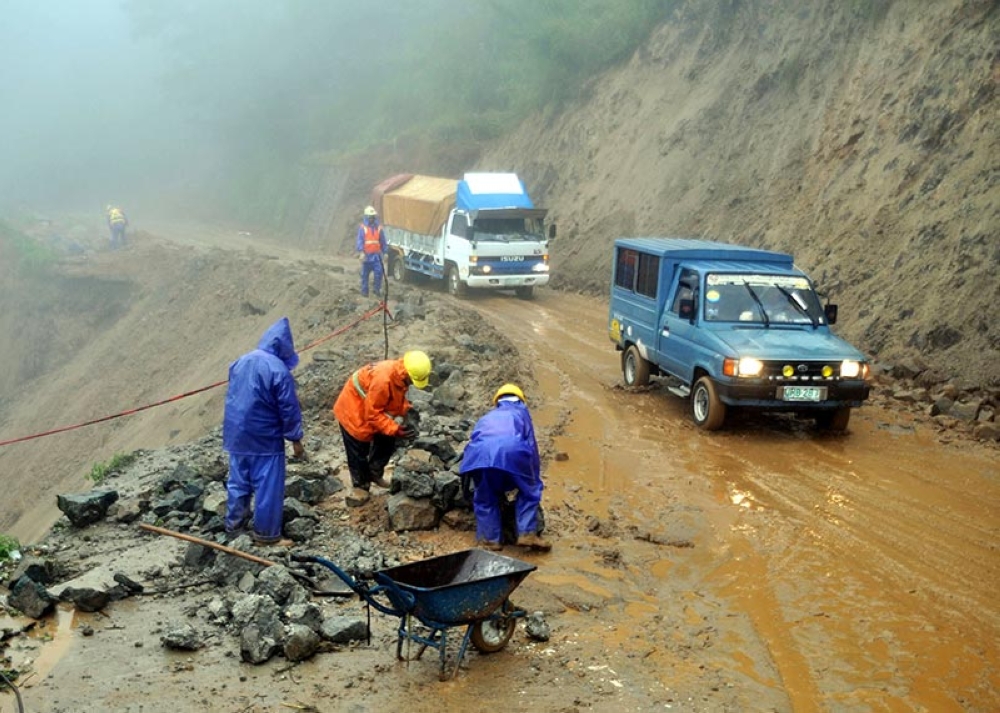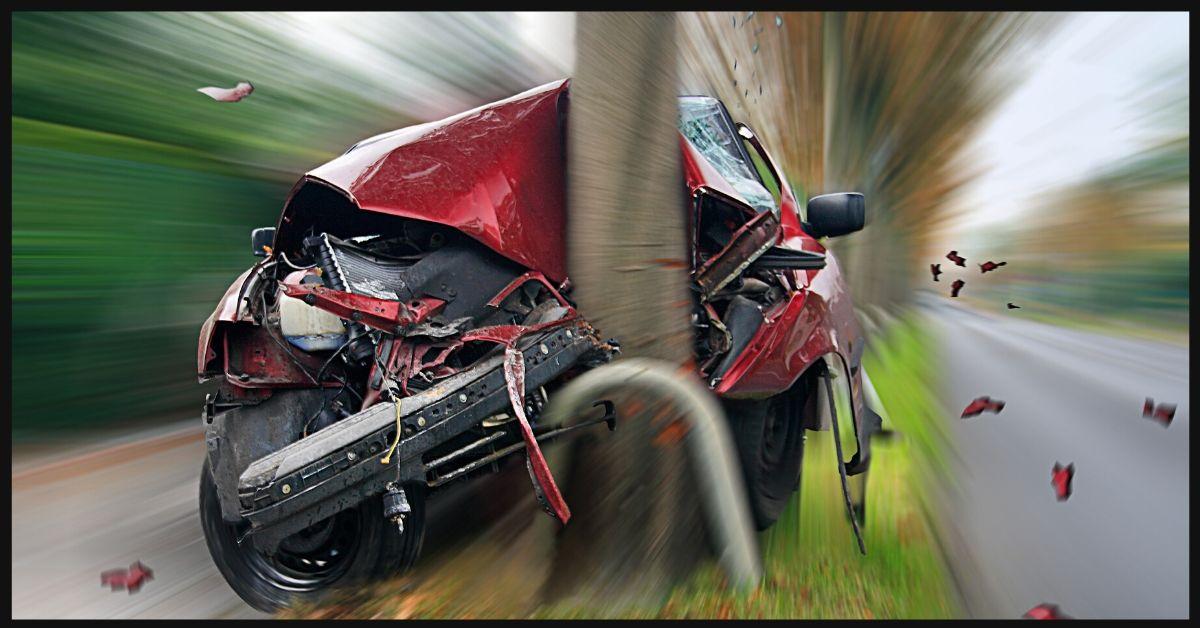The Senate has adopted a bill abolishing the Road Board the same day the House of Representatives decided it will no longer pursue the measure, leaving the proposed legislation in limbo.
Without objection, senators approved Sept. 12 Sen. Emmanuel “Manny” Pacquiao’s motion to adopt House Bill 7436, which seeks to abolish the board long hounded with allegations of corruption, and transfer its functions to the public works, transport and environment departments.
Pacquiao’s motion would have effectively enacted the law, which would have been forwarded to President Rodrigo Duterte for approval. Yet in a simultaneous plenary session at the House, majority leader Rolando Andaya Jr. moved to cancel the measure altogether.
“With leave of the House, I move that we rescind approval of the said bill and that we will no longer pursue its passage,” Andaya said.

In simultaneous sessions Sept. 12, Sen. Emmanuel Pacquiao moves to adopt House Bill 7436 in a plenary session while House Majority Leader Rolando Andaya, Jr. seeks approval to rescind the measure.
There was no explanation for the sudden House decision to revoke the bill which it passed last May. In September 2017, Duterte announced that he wants the Road Board abolished in efforts to rid the government of corruption.
Pacquiao’s motion also effectively put aside the Senate’s own version of the bill (Senate Bill 1620 passed last Feb) abolishing the Road Board, which road safety advocates prefer, owing to provisions they say are crucial in promoting road safety in the Philippines.
The development could affect road safety funding in the country, as the Road Board manages billions of pesos worth of Motor Vehicle User’s Charge (MVUC), an annual fee imposed on vehicle owners, proceeds of which are allotted to road maintenance, vehicle pollution control and road safety programs.
MVUC, the government’s third largest source of income after internal revenues and customs collections, has been the subject of corruption controversies through the years, including state audit report findings of mismanaged multi-billion road projects.
Nevertheless, advocates say the fund is necessary for road safety, and its removal from the House version of the bill, which the Senate adopted, would undo efforts to keep the country’s roads safe.
“We’d like to underscore the necessity of such fund because of the increasing trend in road fatalities, which has reached 10,000,” Romulo Munsayac, a member of the Bloomberg Initiative for Global Road Safety-Legal Development Programme (BIGRS-LDP), told VERA Files.
“I’m hoping with that figure, legislators would really retain this special funding for road safety,” he added.

Bloomberg Initiative for Global Road Safety-Legal Development Programme member Romulo Munsayac
In 2015, total MVUC collections reached over P13 billion. Of this amount, P1 billion were channeled to the Special Road Safety Fund for traffic lights, road signs, pedestrian lanes and for other programs that have been proven to deter road crashes.
Citing data from the Philippine Statistics Authority (PSA), the BIGRS-LDP in a position paper submitted to the Senate said deaths from road crashes are increasing, and might be further exacerbated if the road safety fund is taken away.
A study published in 2016 by the Philippine Institute of Development Studies found that the installation of traffic signs and guardrails financed by the road safety fund in Daang Maharlika, the Philippines’ longest highway, proved to be “effective deterrents against road traffic accidents.”
The study did find “shortcomings” in the project, including some road traffic signs that were redundant, placed or arranged incorrectly, obstructed by a foliage of trees and do not conform with internationally-accepted standards.
Despite these, there have been no reports of major road crashes in the area, the study found, based on interviews from residents and drivers who frequently ply the route.

A 2016 study that looked into the use of the road safety fund in the Atimonan, Quezon stretch of Daang Maharlika showed incorrectly placed road signs and nonstandard traffic signs, among others. (Screengrab from PIDS study “Results of the Assessment of the Motor Vehicle User’s Charge Utilization in the Philippines”)
“We have an imperfect world, so we need to have a fallback, and that fallback is (the) road safety (fund),” said Ma. Sheilah G. Napalang, director of the University of the Philippines National Center for Transportation Studies and one of the lead researchers of the study.
The road safety fund is “reactive,” a fixed source of funding that can be accessed immediately in the event of a road crash, she explained.
In terms of spending, the study found that the Special Road Safety Fund has a high utilization rate at 91 percent, which is why Napalang says she does not understand the motivation behind the fund’s elimination.
While Napalang recognizes the road safety fund has been “prone to abuses” as shown in the Daang Maharlika project and allegations of misuse by the Road Board, she believes a special fund earmarked for road safety would ensure a “stable source of resources.”
Subsuming the road safety fund in the annual national budget would mean “lining up” projects and “competing with other services,” running the risk of a slower response time, the UP academic said.
“If a (road) crash happens in September, you will have to wait for the next budget cycle to obtain budget. In the meantime, what should we do? Should we improvise road signs that can be easily destroyed by rain?” she said.
“For me, that would be the greatest loss, the greatest impact to road safety that this bill would have,” she added.

Dr. Sheilah Napalang was part of a team that studied the utilization rate of the MVUC.
Another provision Napalang finds contentious is the replacement of the road safety fund with a pollution control fund intended for solid waste management. Allocating road user’s taxes for solid waste management projects, she pointed out, “blurs the (original) intent of the law,” which was to allocate money for road maintenance.
“That’s the problem—we may have budget for the construction, but maintenance, we do not seem to take that into consideration,” Napalang said. “As a result, they came up with the MVUC special funds.”
Between the Senate and House versions, Napalang says it is the Senate that stayed faithful to the intent of the law.
But Sen. Pacquio’s move this week changed all that.
“I suppose all of us in the Legal Development Programme aren’t happy about (the development),” Munsayac said, following the Senate’s adoption of the House version.
“Nevertheless, now that assuming that the House had (recalled) the bill and it would not be enacted into law, that would mean the road safety fund is being retained,” he added.
This story is produced under the Bloomberg Initiative Global Road Safety Media Fellowship implemented by the World Health Organization, Department of Transportation and VERA Files.




